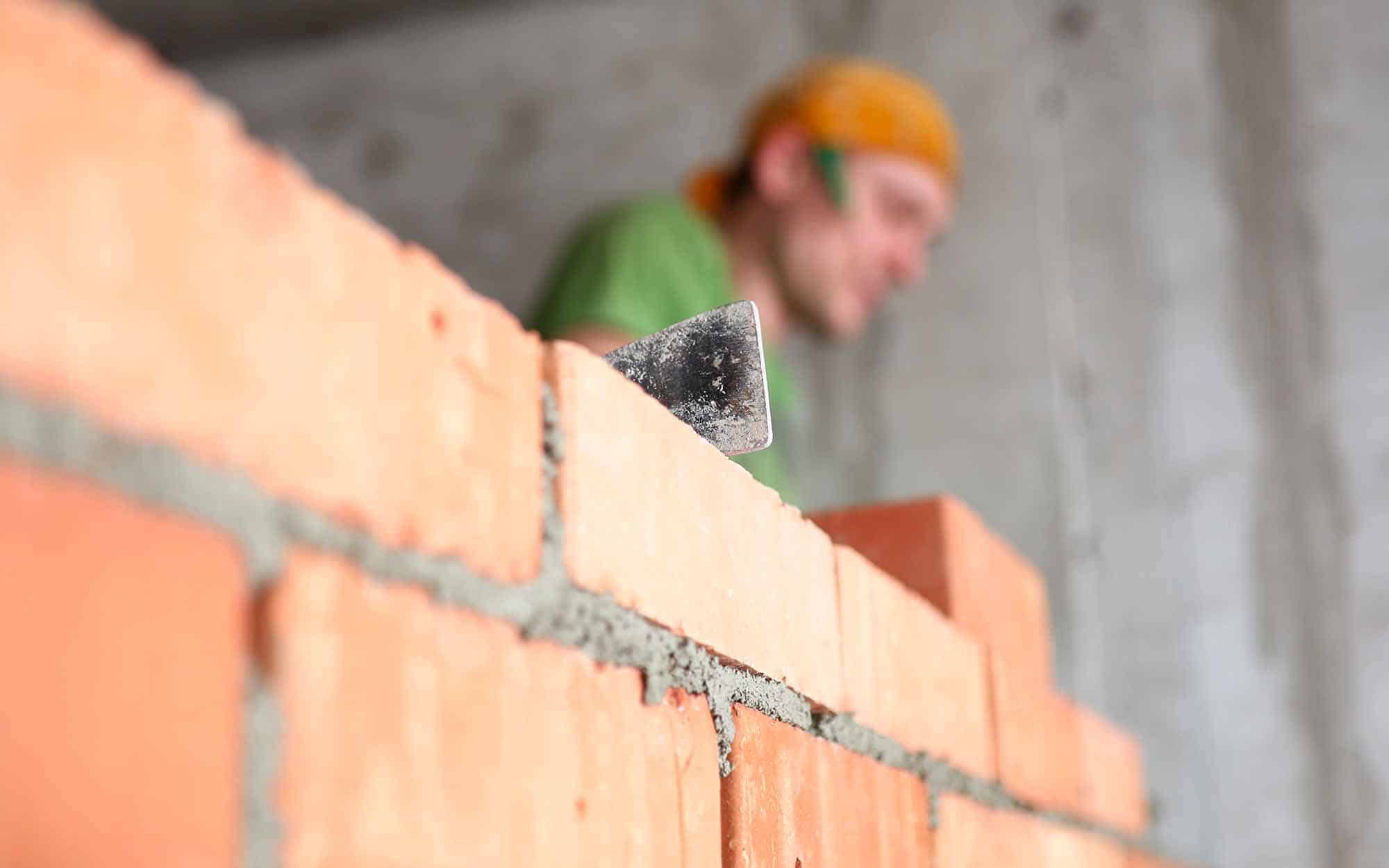Opening the Secrets of Sustainable Masonry Building Practices for Eco-Friendly Buildings
Amongst the myriad strategies to environmentally friendly building, sustainable stonework building stands out as a time-tested and resilient method that holds a wealth of untapped capacity. From the option of products to innovative building methods, the secrets to accomplishing sustainability within stonework building are diverse and fascinating.
Benefits of Lasting Stonework Construction
Embracing lasting stonework construction methods not only minimizes ecological influence yet also provides long-lasting economic advantages to building contractors and communities. By using products like recycled bricks, blocks, and rocks, contractors can substantially lower the carbon footprint of their jobs while advertising resource performance. Additionally, sustainable stonework building and construction methods, such as appropriate insulation and thermal mass residential properties, can enhance energy efficiency within buildings, resulting in reduced functional prices over time.
Moreover, the longevity and strength of stonework frameworks add to long-lasting economic benefits. Structures constructed making use of sustainable stonework techniques usually need much less upkeep and repair service, converting to cost savings for building contractors and property proprietors. The long life of stonework products also ensures that frameworks continue to be secure and safe, minimizing the requirement for regular renovations or substitutes.
Eco-Friendly Stonework Products
Making use of green stonework materials is an essential step towards improving the sustainability of building and construction methods and reducing ecological effect while maximizing lasting economic benefits. Sustainable stonework products are sourced, produced, and made use of in a fashion that minimizes overall ecological impact. Products such as recycled bricks, reclaimed stone, and lasting concrete blocks are coming to be progressively popular options for eco-conscious contractors. Recycled blocks, for example, not just divert waste from land fills however also call for less power to produce contrasted to brand-new bricks. Redeemed stone offers a special visual appeal while lowering the requirement for brand-new quarrying. Lasting concrete blocks integrate recycled aggregates and might include improved insulation properties, adding to power performance in buildings.
Moreover, all-natural products like adobe, rammed earth, and straw bundles give outstanding thermal mass properties, lowering the requirement for heating and cooling energy. These products are often locally readily available, promoting local economic situations and reducing transportation-related carbon emissions. By picking environment-friendly masonry materials, building tasks can dramatically reduce their ecological footprint and add to the development of much healthier, much more sustainable built environments.
Energy-Efficient Stonework Methods
Power efficiency plays an important role in enhancing the sustainability of stonework building used ford dealership near me practices. By applying energy-efficient stonework you can try these out methods, home builders can considerably reduce the total power usage of a structure, causing lower functional costs and a smaller ecological footprint. One essential energy-efficient stonework technique is the usage of thermal mass, which entails including dense products like concrete or block right into the building's framework to soak up and keep heat. This assists control indoor temperatures, reducing the need for mechanical heating and cooling systems.

Technologies in Lasting Stonework
Recent improvements in lasting stonework methods have caused ingenious methods that are improving the building sector. One such innovation is the development of self-healing concrete, which utilizes microorganisms embedded within the concrete to heal cracks autonomously. This breakthrough not only minimizes upkeep prices however likewise improves the resilience of masonry structures, adding to their sustainability.
An additional notable development is using recycled accumulations in stonework building and construction - masonry contractor. By including materials such as smashed ceramic waste or recycled glass into concrete blends, building contractors can minimize the ecological impact of construction tasks while preserving structural honesty. This technique not only draws away waste from garbage dumps however likewise conserves natural deposits, making it this hyperlink a key improvement in sustainable stonework construction
Moreover, the integration of digital layout tools, such as Structure Info Modeling (BIM), is reinventing the way stonework structures are prepared and created. BIM enables for even more accurate calculations, lowered material waste, and enhanced energy effectiveness, ultimately bring about even more sustainable building techniques. These advancements jointly signify an appealing future for lasting masonry building and construction in the age of environmentally friendly buildings.
Future Trends in Stonework Sustainability
With the ingenious strides made in lasting stonework practices, the future trends in stonework sustainability are positioned to more change the construction sector. Among the vital trends shaping the future of stonework sustainability is the boosted combination of technology. Improvements such as Structure Details Modeling (BIM) and digital fact simulations are being made use of to maximize masonry building and construction procedures, resulting in minimized product waste and enhanced power performance in structures.
Furthermore, the development of novel sustainable products is readied to play a substantial role in improving the eco-friendliness of stonework building. masonry contractor. Innovations like self-healing concrete, recycled accumulations, and bio-based binders are getting traction for their capacity to minimize environmental influence while keeping structural stability

Verdict
Finally, sustainable stonework building and construction techniques provide various benefits for environmentally friendly structures. By using environment-friendly products and energy-efficient techniques, stonework can contribute to an extra lasting constructed environment. Innovations in sustainable stonework are continuously being created to further boost the environmental performance of structures. Looking in the direction of the future, the fad of masonry sustainability is expected to expand, resulting in more environmentally pleasant and energy-efficient construction methods in the years ahead.